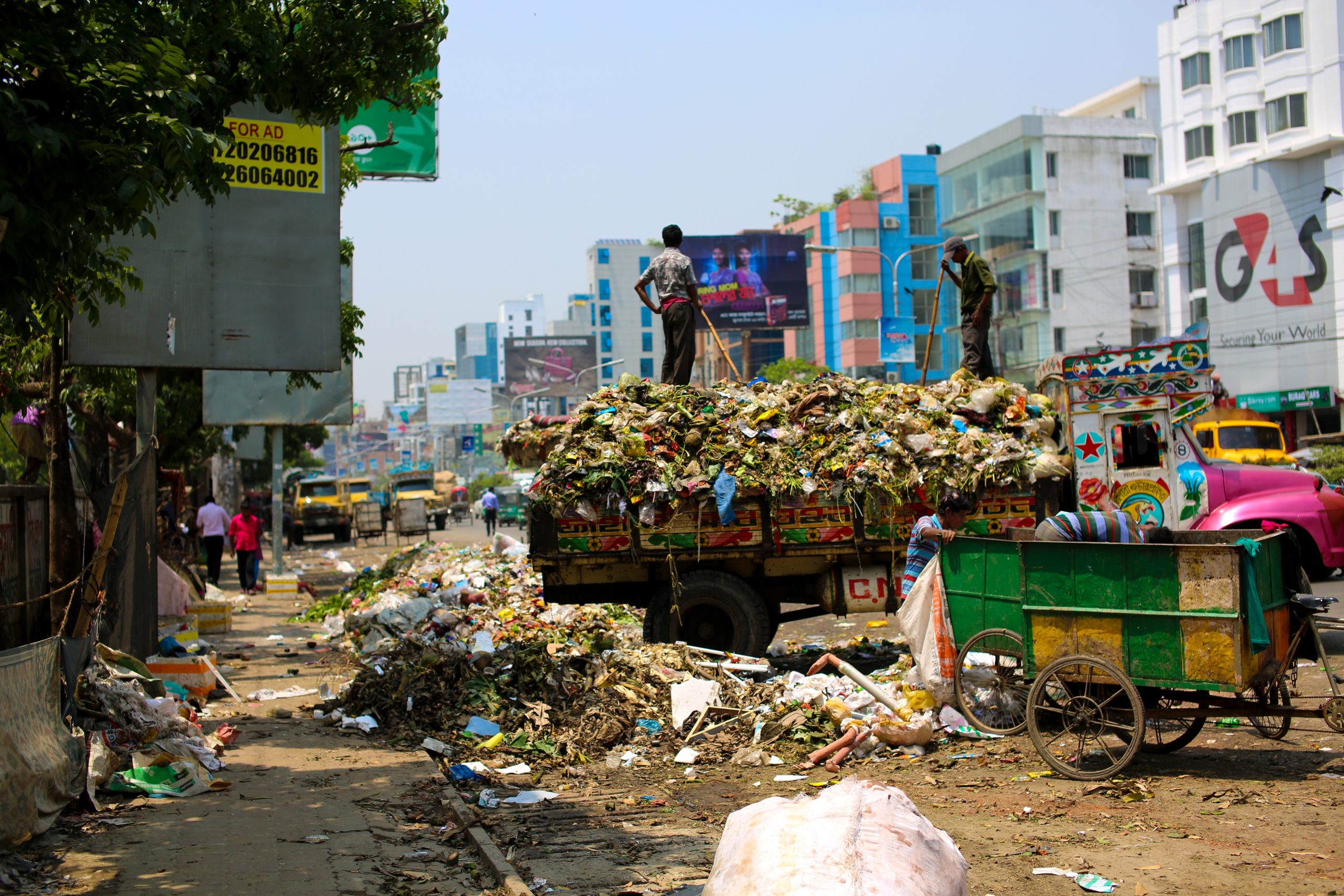Biodiversity is derived from two words; Biological and Diversity. We refer to it as the variety of life on Earth. It includes all living organisms, such as plants, animals, fungi, and microorganisms, as well as the diversity of their habitats and ecosystems. It is essential for the health of our planet, providing food, clean air and water, and many other resources that are essential for human life. Also helps to protect us from the impacts of climate change, providing habitats for species to adapt to changing conditions. Moreover, it provides us with a range of recreational and aesthetic benefits, such as the beauty of a coral reef or the sound of birdsong.
Importance of biodiversity
Biodiversity is essential for the health of our planet. It provides us with food, clean air and water, and many other resources that are essential for human life. It also helps to protect us from the impacts of climate change, providing habitats for species to adapt to changing conditions.
Notably, it provides us with a range of recreational and aesthetic benefits, such as the beauty of a coral reef or the sound of birdsong.
It is important for the functioning of ecosystems, as different species interact with each other and their environment in complex ways. For example, pollinators such as bees and butterflies are essential for the reproduction of many plants, and the presence of predators helps to keep populations of other species in balance
Biodiversity services

Biodiversity services are the benefits that people receive from nature, such as food, clean water, and protection from floods and storms. They are provided by healthy ecosystems, which are maintained by the interactions between species and their environment. These services are essential for human life and well-being, and are often taken for granted. Examples of biodiversity services include:
- Food: Many of the foods we eat, such as fruits, vegetables, and grains, are provided by plants that rely on pollinators such as bees and butterflies.
- Clean water: Healthy ecosystems filter and purify water, providing clean drinking water for people and animals.
- Protection from floods and storms: Healthy ecosystems
Biodiversity Goods

Biodiversity goods are the tangible products that people receive from nature, such as timber, medicines, and food. Examples of biodiversity goods include:
- Timber: Trees provide timber for construction and furniture.
- Medicines: Both plants and animals provide us with medicine.
- Food: Many of the foods we eat, such as fruits, vegetables, and grains, are provided by plants and animals.
- Fibers: Plants and animals are sources of fibre.
Threats to Biodiversity

Biodiversity is threatened by a variety of human activities, such as habitat destruction, pollution, and over-exploitation of resources. These activities can lead to the extinction of species, the degradation of habitats, and the disruption of ecosystems. Other threats include climate change, invasive species, and disease. It is important to take action to protect biodiversity, as the loss of species and habitats can have serious consequences for human well-being.
Solutions to loss of biodiversity
i. Establish protected areas: Designating areas as protected or conservation areas is one of the most effective ways to protect biodiversity. These areas can be used to protect species and habitats from human activities, such as logging, hunting, and fishing.
ii. Reduce pollution: Pollution is one of the leading causes of biodiversity loss. Reducing pollution can help reduce the negative impacts on species and habitats.
iii. Restore habitats: Restoring habitats can help to increase biodiversity. Planting native species, removing invasive species, and restoring natural processes such as fire and flooding can assist in habitat restoration
iv. Sustainable agriculture: Sustainable agriculture practices can help to reduce the impacts of farming on biodiversity. This includes reducing the use of pesticides and fertilizers, rotating crops, and using cover crops.
v. Sustainable fisheries: Sustainable fisheries practices can help to reduce the impacts of fishing on biodiversity. This includes reducing bycatch, using sustainable fishing gear, and setting catch limits.
vi.Reduce consumption: Reducing the consumption of resources can help to reduce the impacts of human activities on biodiversity. This includes reducing the use of water, energy, and other resources.
Related links:
https://education.nationalgeographic.org





Really grabbed my attention. I want to keep reading more .
Keep up the good work
wow this is so amazing